11 Foods You Didn't Know Were Protein Powerhouses
In a world where protein shakes and grilled chicken breasts often dominate the conversation about protein sources, it’s easy to overlook the surprising alternatives hidden in plain sight. As dietary habits evolve and the quest for sustainable nutrition intensifies, many are seeking out unconventional sources of protein. This exploration is not just about diversifying our plates but also about understanding the nutritional depth that these lesser-known foods offer. This article delves into 11 such surprising bites, each a secret protein powerhouse, and unveils their nutritional profiles, benefits, and potential to transform our dietary habits. From the depths of the ocean to the boughs of trees, these protein sources challenge conventional thinking and invite us to reimagine our approach to nutrition.
1. Spirulina: The Algae Marvel

Spirulina, a type of blue-green algae, might seem an unlikely candidate in the protein realm, yet it boasts an impressive profile. This microscopic organism is packed with essential amino acids, making it a complete protein source. Spirulina is typically available in powder or tablet form and can be easily incorporated into smoothies, juices, or even sprinkled over salads. Beyond protein, it is rich in vitamins, minerals, and antioxidants, offering a multifaceted approach to nutrition. Its cultivation is also environmentally friendly, requiring less water and land compared to traditional livestock, making it a sustainable protein option for the future.
2. Edamame: The Green Protein Pods
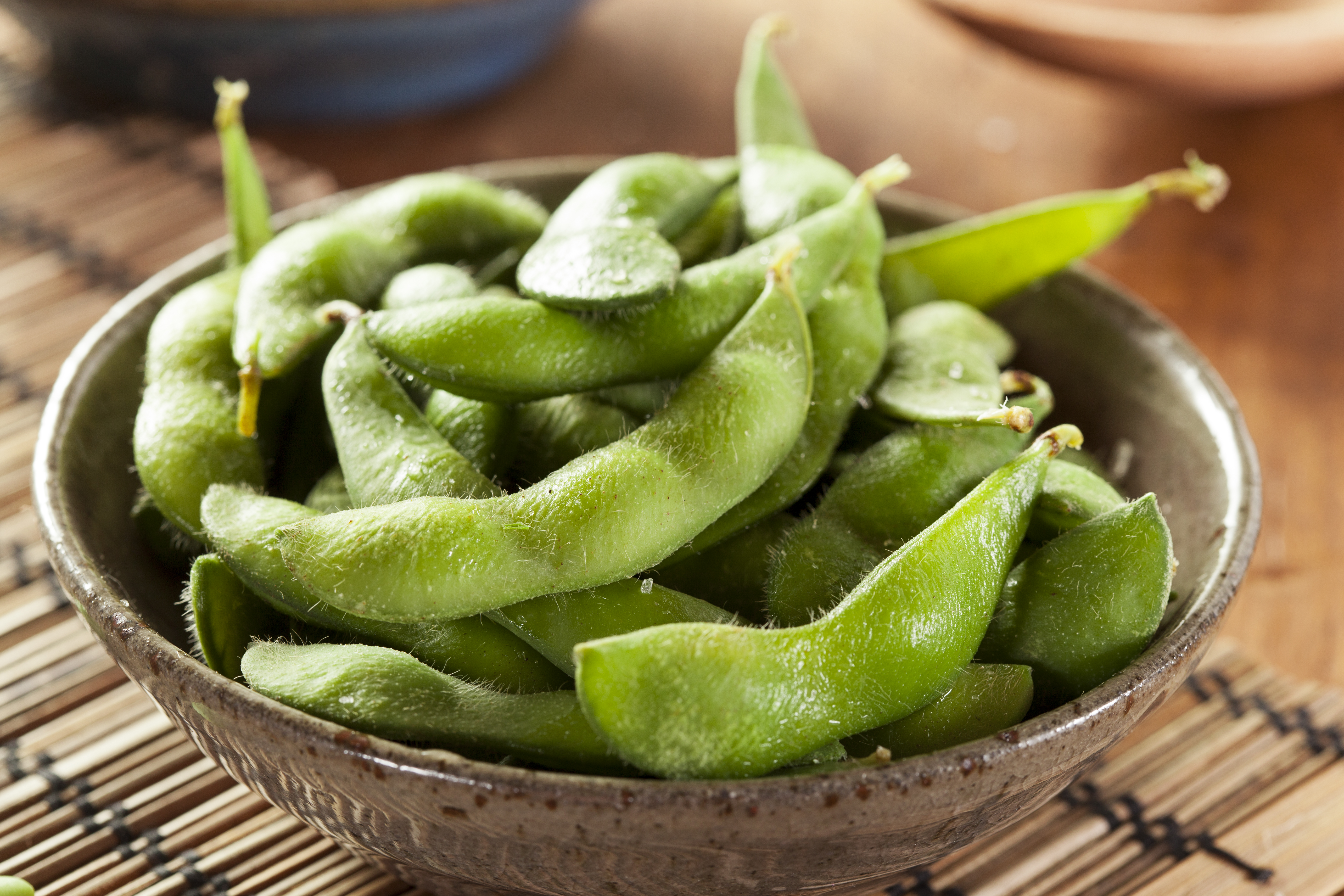
Edamame, young soybeans harvested before they harden, are a staple in Asian cuisine and a hidden gem in the protein landscape. These vibrant green pods are not only high in protein but also rich in fiber, vitamins, and minerals. A single serving of edamame provides all the essential amino acids, making it a complete protein source. They can be enjoyed as a snack, added to salads, or incorporated into stir-fries. Edamame’s versatility and nutritional benefits make it an excellent choice for those seeking plant-based protein options without compromising on taste or texture.
3. Quinoa: The Ancient Grain
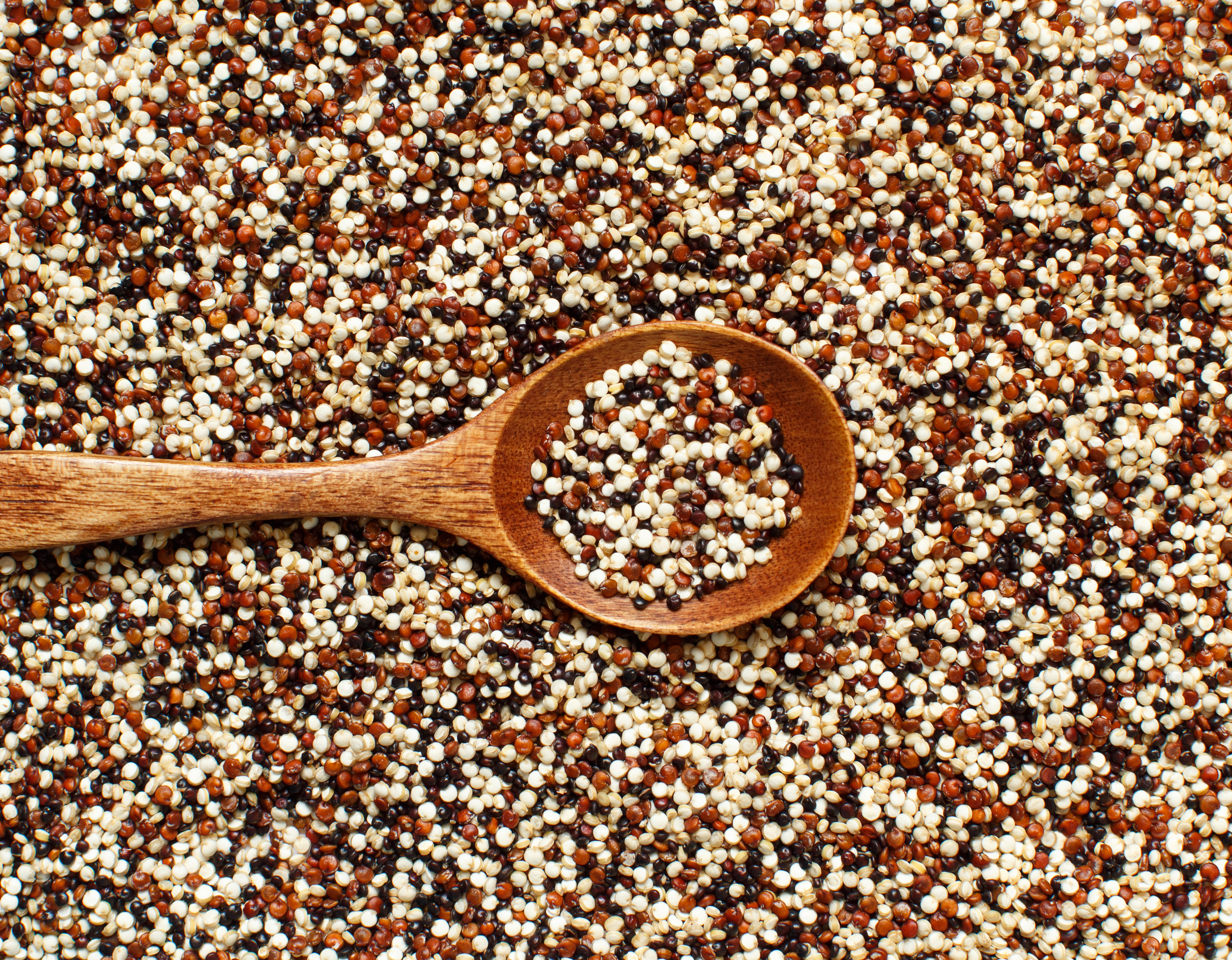
Often mistaken for a grain, quinoa is actually a seed that has been cultivated for thousands of years. Revered by the Incas as the “mother of all grains,” quinoa is a complete protein, containing all nine essential amino acids. Its nutty flavor and fluffy texture make it a versatile ingredient in a variety of dishes, from salads to main courses. Quinoa is also gluten-free, making it an ideal choice for those with dietary restrictions. Beyond protein, it is a good source of fiber, iron, and magnesium, contributing to overall health and well-being.
4. Chia Seeds: Tiny but Mighty
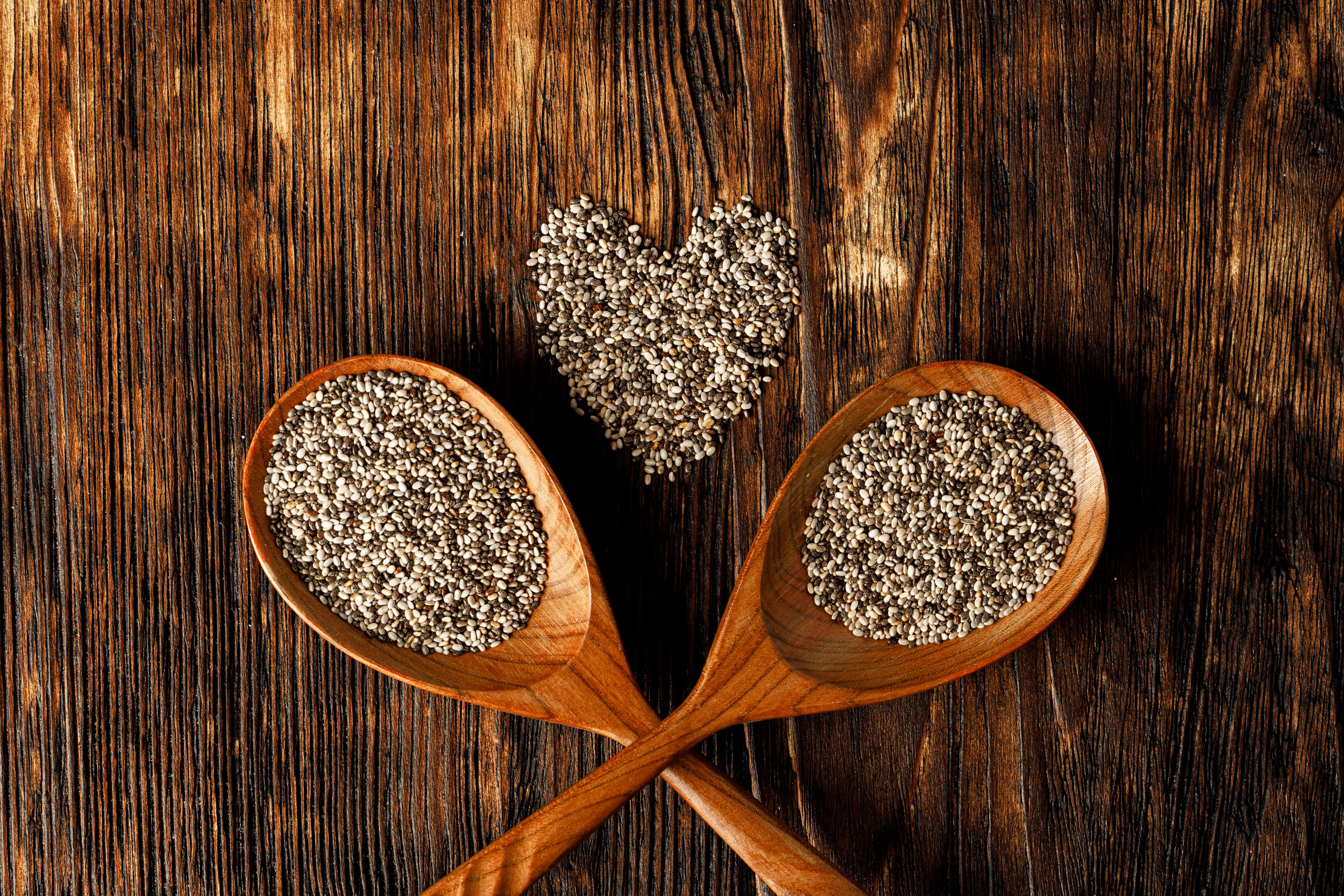
Chia seeds, once a staple in ancient Aztec and Mayan diets, are now celebrated as a superfood in modern nutrition. These tiny seeds are packed with protein, fiber, omega-3 fatty acids, and antioxidants. When mixed with liquid, chia seeds expand and form a gel-like consistency, making them a popular ingredient in puddings, smoothies, and baked goods. Their ability to absorb liquid also aids in hydration and digestion. Chia seeds are a versatile and nutrient-dense addition to any diet, offering a powerful protein punch in a small package.
5. Hemp Seeds: The Nutty Nutrient Boost

Hemp seeds, derived from the Cannabis sativa plant, are a nutritional powerhouse often overlooked due to their association with marijuana. However, hemp seeds contain negligible amounts of THC and are safe for consumption. They are an excellent source of protein, with a perfect balance of essential amino acids. Hemp seeds have a nutty flavor and can be sprinkled on salads, blended into smoothies, or incorporated into baked goods. In addition to protein, they are rich in healthy fats, particularly omega-3 and omega-6 fatty acids, supporting heart health and inflammation reduction.
6. Lentils: The Versatile Legume
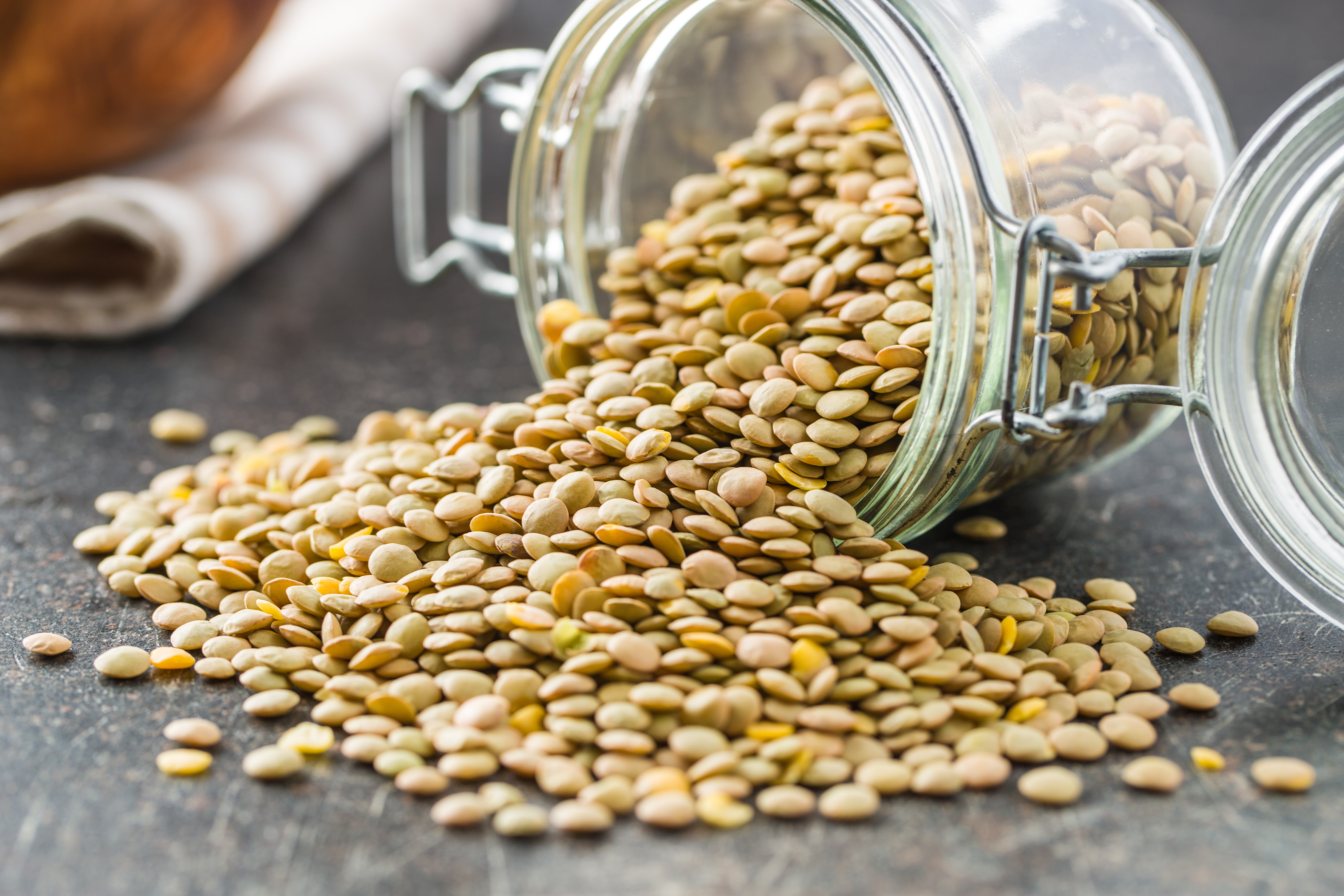
Lentils, a staple in many cuisines worldwide, are a fantastic source of plant-based protein. Available in various colors and sizes, lentils are not only high in protein but also rich in fiber, iron, and folate. They cook quickly and can be used in soups, stews, salads, and even as a meat substitute in burgers and meatballs. Lentils are also budget-friendly and have a long shelf life, making them a practical and nutritious addition to any pantry. Their versatility and nutritional profile make them an essential component of a balanced diet.
7. Amaranth: The Gluten-Free Grain Alternative
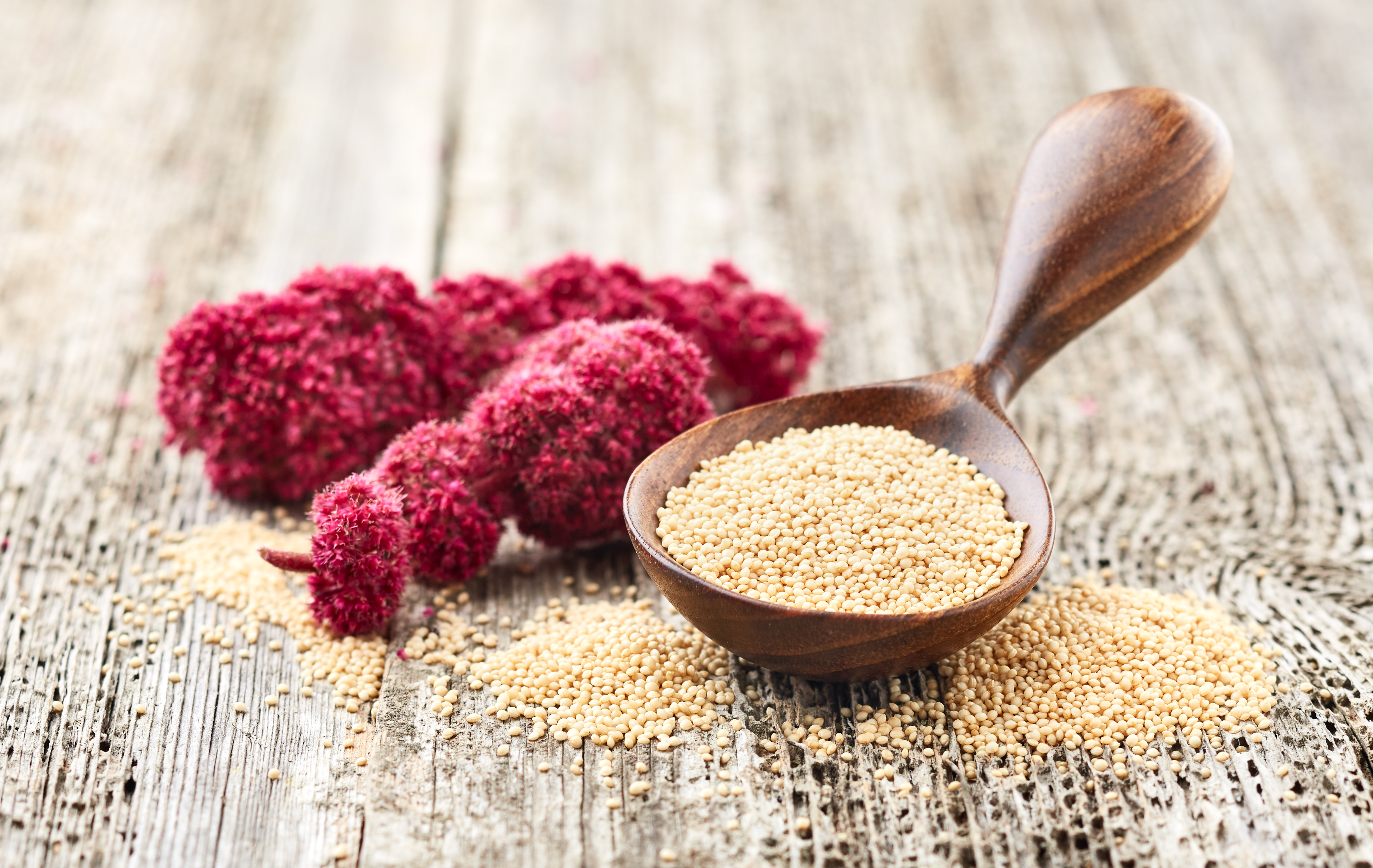
Amaranth, an ancient grain revered by the Aztecs, is gaining popularity as a gluten-free protein source. Rich in essential amino acids, particularly lysine, amaranth is a complete protein. Its slightly nutty and earthy flavor complements both sweet and savory dishes. Amaranth can be cooked like rice, popped like popcorn, or ground into flour for baking. In addition to protein, it is a good source of fiber, iron, and calcium, supporting bone health and digestion. As a resilient crop, amaranth thrives in diverse climates, making it a sustainable food option.
8. Tempeh: The Fermented Soy Wonder
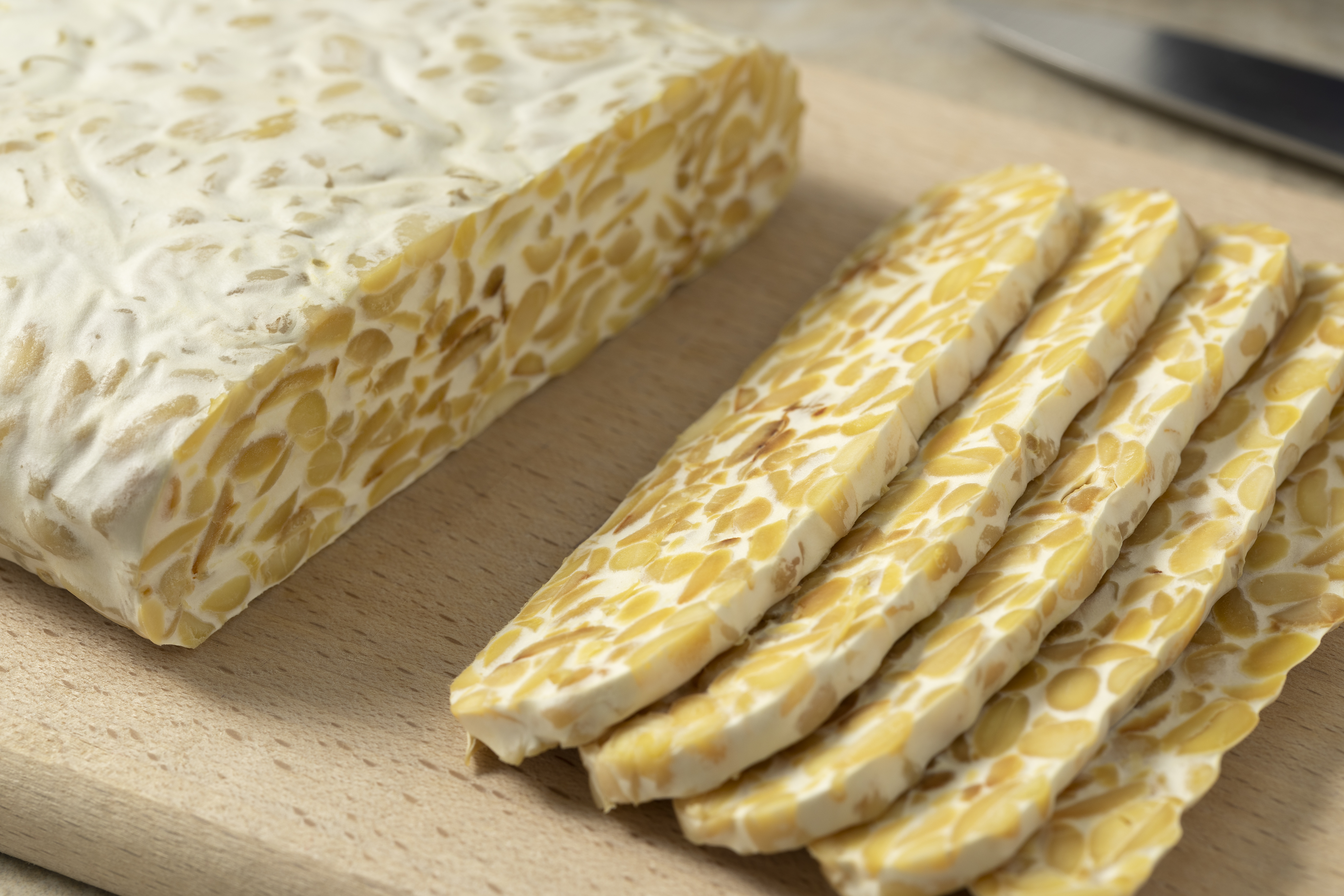
Tempeh, a traditional Indonesian food made from fermented soybeans, is a protein-rich alternative to tofu. The fermentation process not only enhances its nutritional value but also aids in digestion. Tempeh has a firm texture and a nutty flavor, making it a versatile ingredient in various dishes. It can be sliced, grilled, crumbled, or marinated, offering endless culinary possibilities. Tempeh is also a good source of probiotics, promoting gut health. Its high protein content and unique texture make it a popular choice among vegetarians and vegans seeking meat alternatives.
9. Pea Protein: The Plant-Based Powerhouse
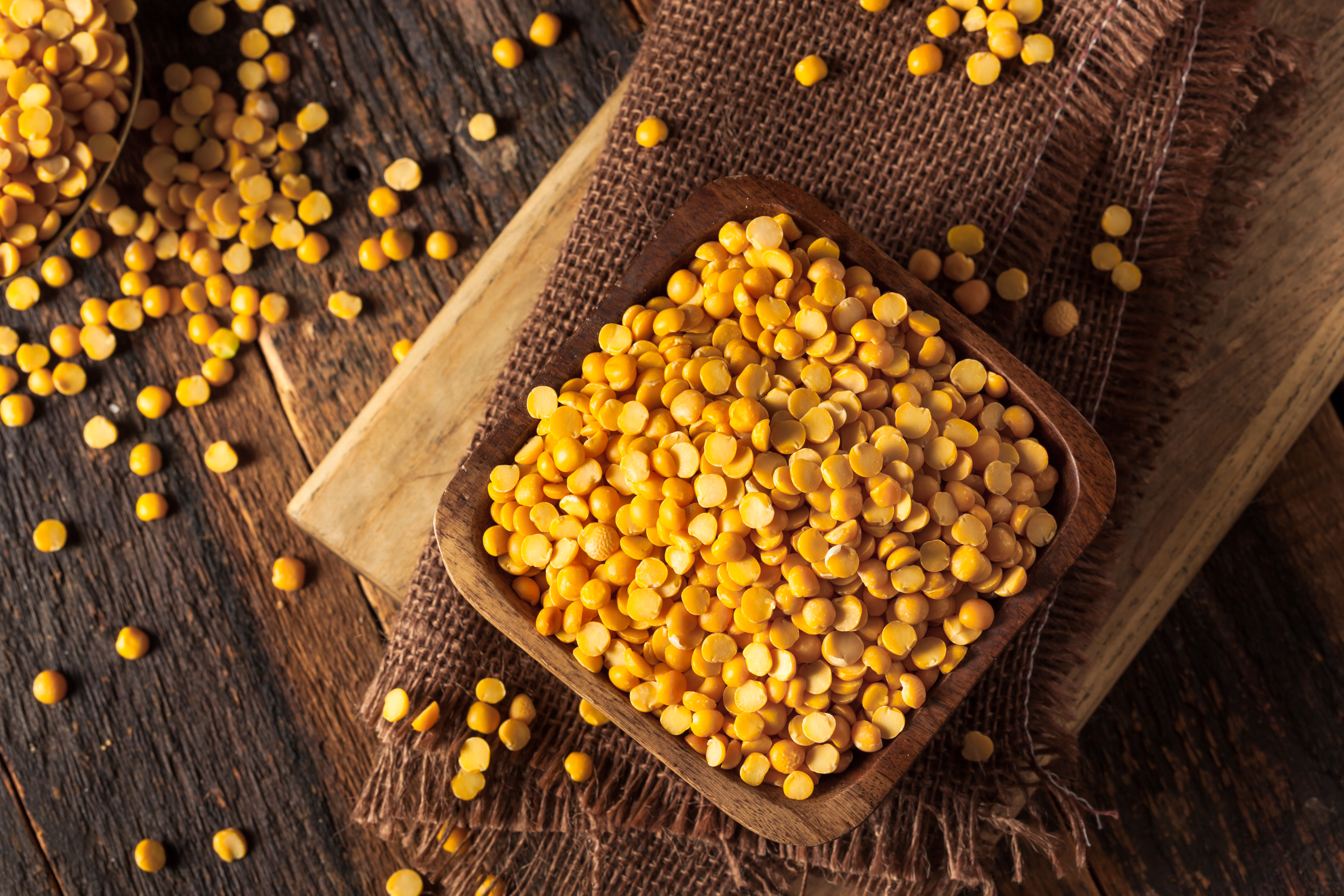
Pea protein, derived from yellow peas, is a rapidly growing trend in the world of plant-based nutrition. It is a complete protein, rich in essential amino acids, and is easily digestible. Pea protein is often used in protein powders, energy bars, and meat substitutes due to its neutral flavor and smooth texture. It is also hypoallergenic, making it suitable for those with dietary sensitivities. In addition to protein, pea protein is a good source of iron and branched-chain amino acids, supporting muscle growth and recovery.
10. Seitan: The Wheat-Based Protein
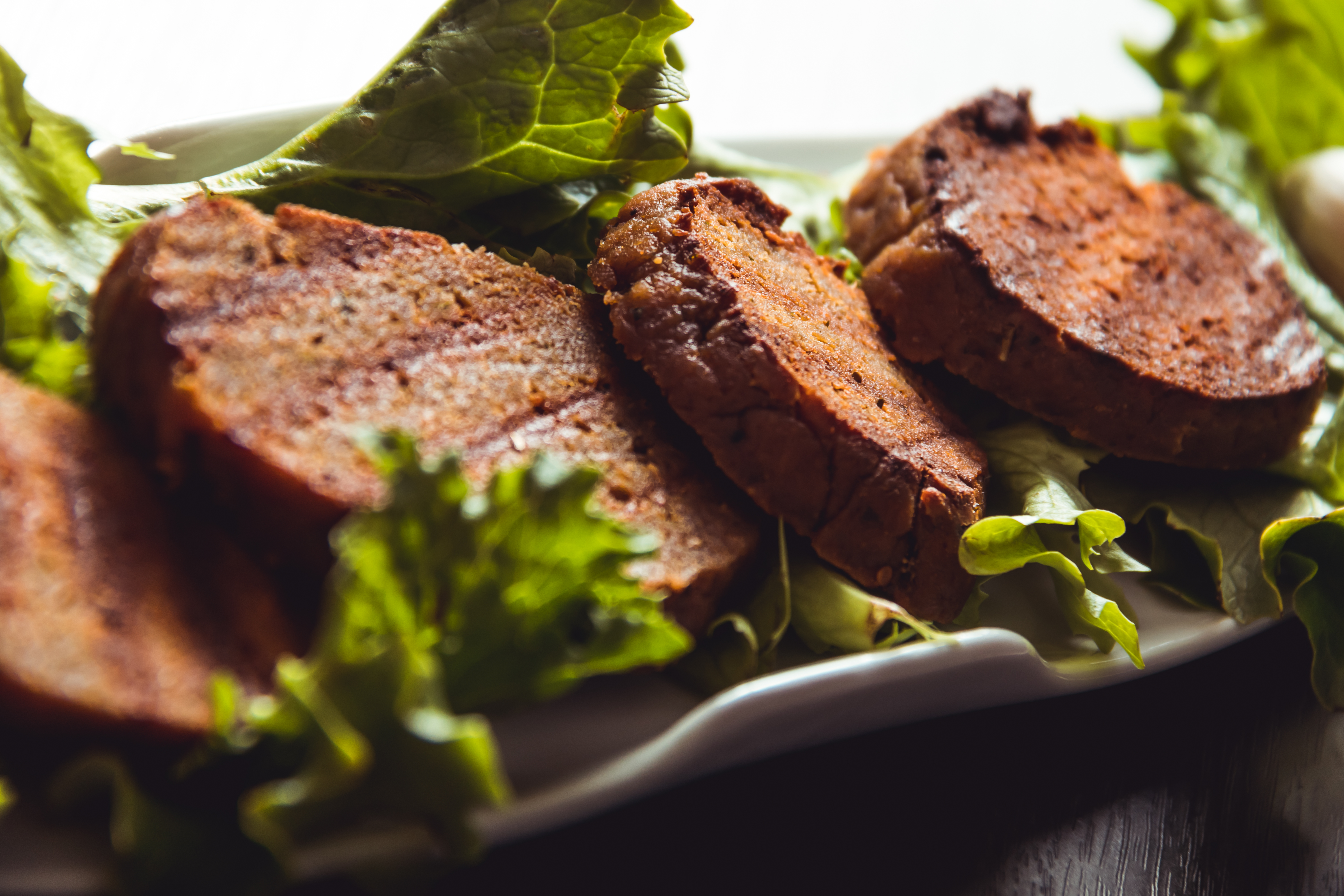
Seitan, also known as wheat meat or wheat gluten, is a high-protein meat substitute made from gluten, the main protein in wheat. It has a chewy texture and a savory flavor, making it a popular choice for vegetarians and vegans. Seitan can be seasoned, grilled, or sautéed, mimicking the texture and taste of meat in various dishes. Despite its high protein content, seitan is low in carbohydrates and fat, making it a suitable option for those on a high-protein, low-carb diet. However, it is not suitable for those with gluten sensitivities or celiac disease.
11. Black Beans: The Fiber-Protein Duo
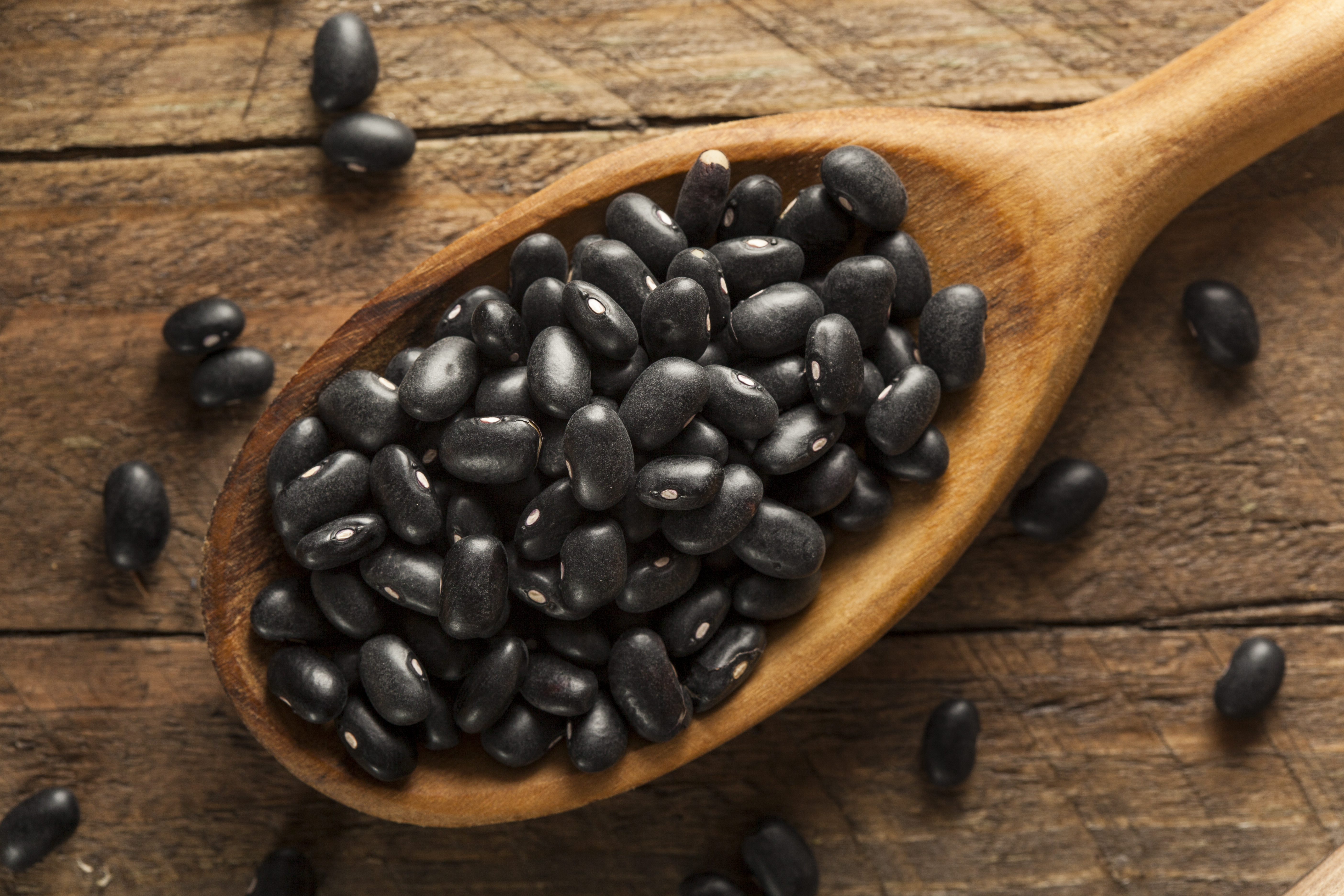
Black beans are a staple in Latin American cuisine and a protein powerhouse often overlooked in favor of more traditional sources. Rich in protein and fiber, black beans are a versatile ingredient that can be used in soups, salads, and main dishes. They are also a good source of iron, magnesium, and folate, supporting energy production and overall health. Black beans have a low glycemic index, making them a suitable option for those managing blood sugar levels. Their combination of protein, fiber, and essential nutrients makes them a valuable addition to any diet.
As we conclude this exploration of secret protein powerhouses, it becomes evident that our dietary choices need not be limited by convention. The foods discussed offer not only nutritional benefits but also environmental and economic advantages. By embracing these surprising protein sources, we can diversify our diets, support sustainable practices, and enhance our overall health. Whether you’re a seasoned vegetarian or a curious omnivore, these hidden gems invite you to rethink your approach to protein and explore the rich tapestry of flavors and nutrients available in the world around us.
